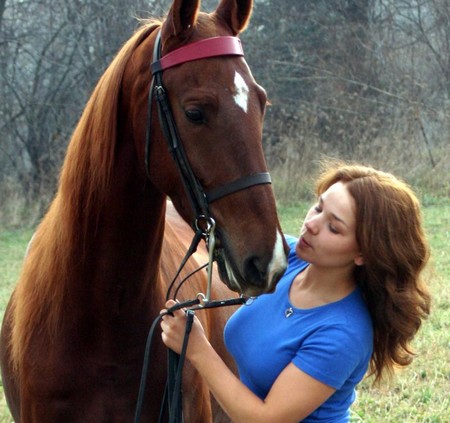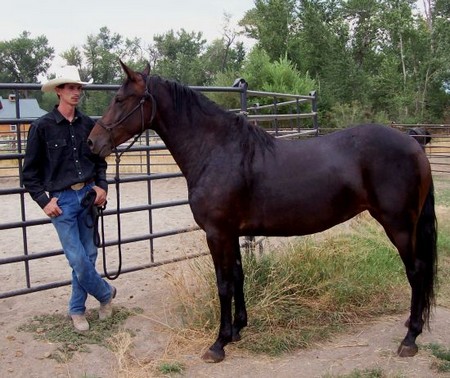In the training process, things won’t always go as you plan. Your timing may be off and you might inadvertently miss reinforcing the behavior you are training. You may accidentally bridge incorrect behavior. Or your horse may do the wrong thing or make an incorrect decision. If that happens, the best thing to do is pause for three seconds. Simply stand quietly and behave in a neutral manner. After three seconds, continue with the training session. A pause each time something goes wrong in the session communicates to the horse that he’s not going to be reinforced because he did not perform the correct behavior.
We used a three-second pause in response to undesirable behavior. We found this to be the least reinforcing stimulus we could offer. The results of the three-second pause proved highly successful.

There was a time at Sea World when we didn’t uniformly apply the three-second pause. Each trainer responded differently to unwanted actions. They showed their displeasure in a variety of ways, some mild, some a bit more dramatic, such as kicking over buckets or stomping feet. During this time, the whales’ incorrect responses actually started to increase. They seemed to enjoy the trainers’ antics and found the reactions reinforcing, although clearly the trainers did not intend for this to be the case. To minimize the variance of responses, we developed the three-second pause. We found that remaining still for three seconds didn’t inadvertently reinforce the whales. They learned that this pause meant they were not going to get reinforced, which communicated clearly that they had performed an undesirable behavior.
Consistency is one of the most important aspects of all training, especially with incorrect behavior. If you consistently use a three-second pause after an undesired action, you will see that action decrease. Conversely, by drawing attention to desired behavior through reward- or removal-reinforcement, you will see an increase in the behavior you want.

Another point to remember is that horses are intended by nature to live in herds. They respond to the activities of those around them. How many times have you seen one horse startle just because another horse, or even a person, jumps? They rely on members of the herd to alert each other to danger. They constantly react to the behavior of others to survive. Since we are part of their environment, humans exert a strong influence on horses. Accordingly, try to minimize your reactions. If you become tense, so will your horse. If your horse spooks in the cross-tics, try not to respond angrily or abruptly. Instead, be relaxed and confident. The nervous horse that doesn’t want to go in the trailer will usually become more rattled if you react in an anxious or angry manner. I have seen on more than one occasion an upset, reluctant loader walk into the trailer just when everyone who was trying to get him on stopped tugging and pulling. So remember not to become excited or emotional in response to undesired behavior. It doesn’t help your horse to relax, concentrate, or make correct decisions.